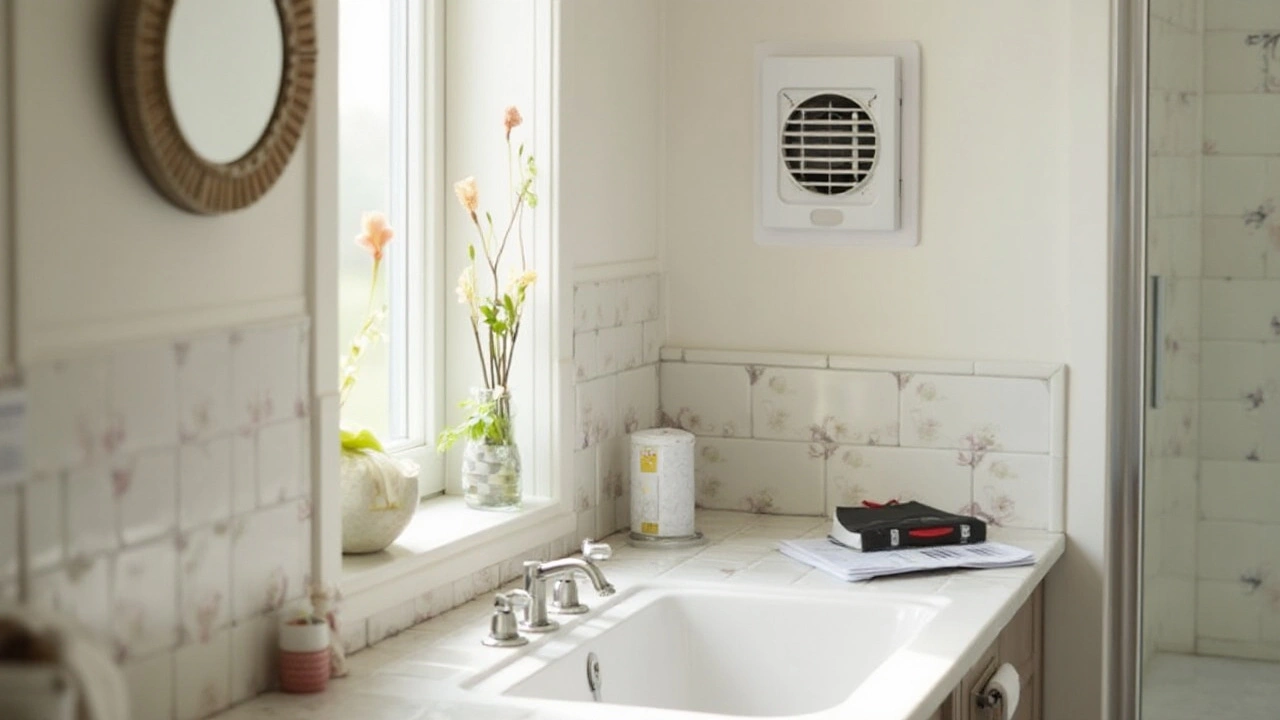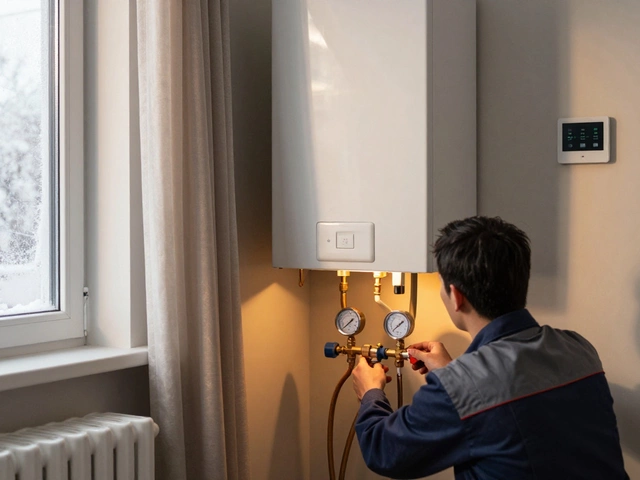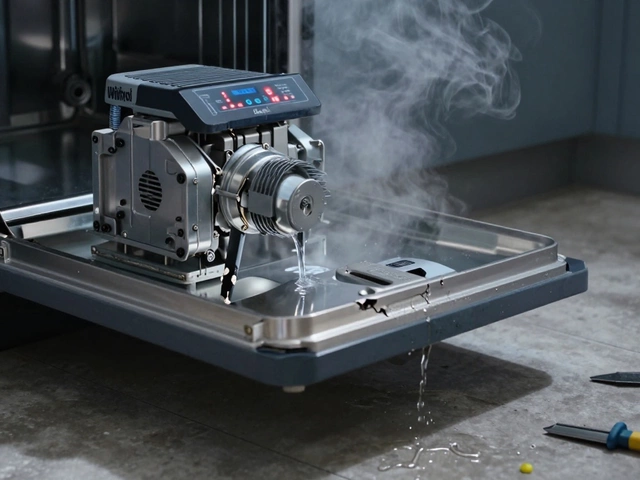Bathroom Fan Repair – Simple Fixes You Can Do Now
If your bathroom fan is silent, rattling, or blowing weak air, you’re probably wondering why. Most fans fail because of dust, a loose wire, or a motor that’s worn out. The good news? You can often fix the problem yourself without tearing down the whole wall.
Common Reasons Bathroom Fans Stop Working
First, check the power. A tripped circuit breaker or a blown fuse is the easiest culprit. Flip the breaker back on or replace the fuse, then test the fan.
Next, look at the grille. Over time, hair, soap scum, and dust build up and block airflow. A clogged grille makes the motor work harder and can cause it to overheat. Remove the cover (usually a few screws), pull out the debris, and give the blades a quick vacuum.
If the fan still won’t spin, the motor may be stuck. Give the motor shaft a gentle turn with a screwdriver – it should move freely. Stiffness usually means the bearings need lubrication or the motor has seized.
Another frequent issue is a loose wiring connection. Turn off the breaker, remove the fan housing, and inspect the wires. Tighten any loose nuts and make sure the wire nuts are secure. Look for burnt or frayed wires; those need replacing.
Step‑by‑Step DIY Repair Guide
1. Safety first. Switch off the breaker at the consumer unit. Double‑check with a voltage tester that the wires are dead.
2. Remove the fan cover. Most covers snap or screw off. Keep the screws in a small bowl so you don’t lose them.
3. Clean the blades and grille. Use a soft brush or a vacuum with a narrow nozzle. For stubborn grime, a damp cloth with mild soap works – just dry everything thoroughly.
4. Inspect the motor. Spin the motor shaft by hand. If it feels gritty, spray a few drops of lightweight oil (like 3‑in‑one) and let it sit for a minute.
5. Check wiring connections. Tighten any loose nuts, replace burnt wires, and ensure all connections are tight and insulated.
6. Test the fan. Before re‑installing the cover, turn the breaker back on and switch the fan on. It should run smoothly and quietly.
7. Re‑assemble. Snap or screw the cover back in place. If the fan still struggles, the motor may need a full replacement.
When the motor is dead, you have two options: buy a direct‑fit replacement from a local hardware store or upgrade to a newer, more efficient model. Most modern fans are rated for 60‑70 Cubic Feet per Minute (CFM) and include a built‑in humidity sensor.
For more detailed guidance, check out our posts “How Hard Is It to Replace an Extractor Fan? DIY Guide & Tips” and “Extractor Fan Stopped Working? Quick Fixes and Causes Explained.” Those articles walk you through the exact tools you’ll need and common pitfalls to avoid.
Finally, keep your fan healthy with a quick check every few months. A clean grille, a tight wiring connection, and a well‑lubricated motor can add years to the fan’s life and keep your bathroom smelling fresh.
If you’ve tried these steps and the fan still won’t work, it’s time to call a professional. A qualified technician can safely replace a faulty motor, check the vent duct for blockages, and ensure everything complies with UK building regulations.
Whether you’re fixing a humming fan or replacing a dead one, a little DIY know‑how saves money and cuts down on downtime. Keep this guide handy, and you’ll be back to a breezy bathroom in no time.
How to Easily Replace Your Bathroom Extractor Fan
- Alden Wilder
- Jan 30 2025
- 0 Comments
Replacing a bathroom extractor fan may sound daunting, but it is a straightforward process with the right guidance. This article provides a detailed guide for homeowners looking to replace their bathroom extractor fans. It covers the necessary tools, step-by-step instructions, and tips for ensuring a successful installation. Discover how upgrading your bathroom extractor fan can enhance the efficiency of ventilation and the overall atmosphere in your bathroom.
View More




